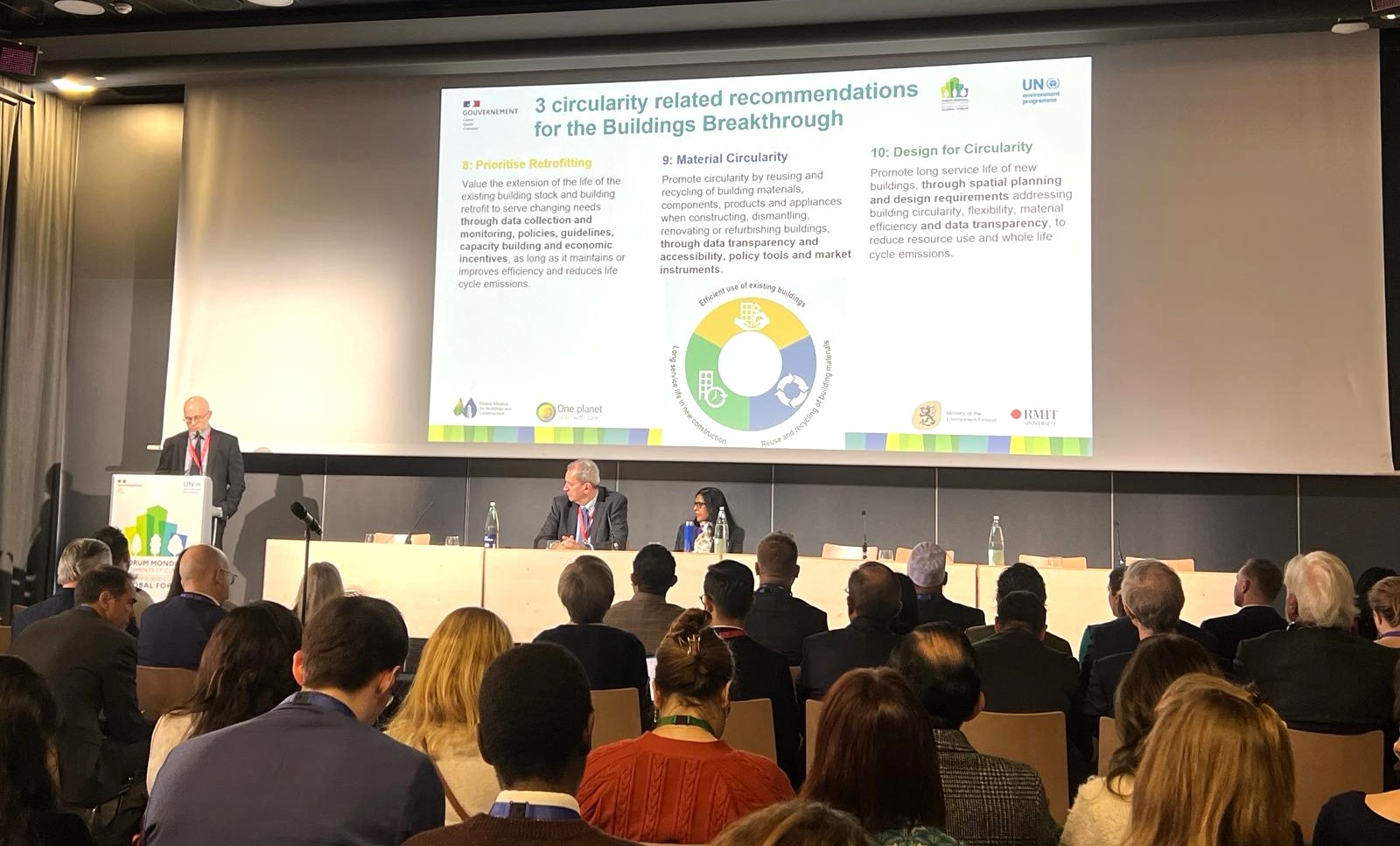PRESERVING VALUE IN EU INDUSTRIAL MATERIALS
Material use and material recycling have been discussed for decades in Europe. And for good reasons – there are many important questions related to our use of materials: What materials should be recycled, and how? What are the environmental benefits of increased recycling?Which policies regarding waste and recycling are reasonable? The debate has intensified in the last several years, not least due to the increased focus on climate change mitigation and on establishing a ‘circular’ economy.
- A clear picture of the European materials system in terms of significant material flows, losses in value, and the reasons for this and possible measures
- Clear picture of differences and similarities with the Swedish material system
- The results were presented to relevant decision-makers at European level, as well as in Sweden and a number of other EU member states
- Cooperation / relationships established between RE: Source and important European actors Each year, 180–190 million tonnes of steel, plastics, and aluminium, with an original value of €140-150 billion, falls out of use in the EU economy, after fulfilling essential roles in vehicles, buildings, products, and packaging. Materials in these three categories are almost all technically recyclable (barring a few categories, such as plastic thermosets), and if all these materials were recycled, they could supply as much as 82% of total EU demand in the same categories, even after accounting for unavoidable losses in the recycling process. In other words, the EU could almost meet its entire need within these three material categories from recycled materials. If the quality of these recycled materials was similar to that of virgin
materials, the original value would also be maintained3. In monetary terms, the original value corresponds to approximately €340 per EU inhabitant or, as another comparison, it is similar in size to the export revenues of the entire European automotive industry (€136 billion in 2019).
Today, only about 41% of this original material value remains after one use cycle. In total, the losses amount to €87 billion per year. In practice, when these materials are re-sold as recycled materials, their market value is approximately €44 billion. Another €2 billion of the original value is captured in waste-to-energy incineration plants, and there are about €13 billion in unavoidable reprocessing costs (e.g. remelting) that should not be counted as losses. The
difference, €87 billion per year across Europe, are value losses along the use and recycling cycle. This is thought-provoking:
Why should more than half of the original material value be lost for materials that technically can be recycled without any major loss in quality? What does that say about Europe’s circularity?
External source(s)
Image

Project start date
01/01/2020
Project end date
31/12/2020

